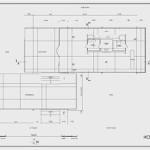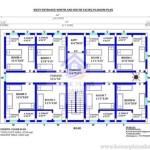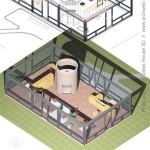Japanese Style Tea House Plans: Essential Aspects
Japanese tea houses are renowned for their tranquil ambiance, minimalist design, and deep connection to nature. If you're considering creating a tea house in your own garden or space, understanding the essential aspects of Japanese style tea house plans is crucial.
1. Location and Orientation
The location of your tea house should provide privacy and a serene atmosphere. It should be nestled amidst greenery, with a view of a natural element such as a pond, stream, or garden. Orientation is also important, with the tea house facing south or east to capture natural light and warmth.
2. Design and Layout
Traditional Japanese tea houses follow a specific layout. They typically consist of a single room with a raised tatami floor, a tokonoma alcove for displaying artwork or calligraphy, and a small entranceway. The walls are often made of natural materials such as bamboo, wood, or rice paper, creating a sense of lightness and simplicity.
3. Materials and Construction
Japanese tea houses are meticulously crafted using natural and sustainable materials. The walls, roof, and floor are made of wood, bamboo, or thatch, blending seamlessly with their surroundings. The roof is gently sloping, allowing for proper drainage and providing a sense of shelter and protection.
4. Roji and Stone Path
The roji, or stone path, leading to the tea house is an integral part of the experience. It symbolizes the transition from the outside world to the tranquil interior. The path is often winding and narrow, forcing visitors to slow down and appreciate the journey.
5. Tokonoma Alcove
The tokonoma is a small alcove or niche in the tea house where a single piece of artwork or calligraphy is displayed. It serves as a focal point and reflects the tea ceremony's emphasis on simplicity and aesthetics. The tokonoma can also be used to display seasonal flowers or other natural elements.
6. Lighting and Ventilation
Natural light plays a crucial role in Japanese tea houses. Large windows or sliding doors allow ample light to enter, creating a bright and airy interior. Ventilation is also essential, ensuring a comfortable and fresh atmosphere. Ventilation can be achieved through sliding panels or windows that can be opened to allow for air circulation.
7. Tea Ceremony Elements
If you intend to use the tea house for traditional tea ceremonies, it's important to incorporate specific elements. These include a tea kettle, teacups, and a tea whisk. A small fire pit may also be included to heat the water for tea preparation.
8. Surrounding Landscape
The surrounding landscape is an extension of the tea house itself. It should be carefully designed to create a harmonious and inviting atmosphere. A traditional Japanese garden with carefully manicured trees, shrubs, and rocks complements the tea house perfectly.
Conclusion
Creating a Japanese style tea house is an undertaking that requires thoughtful planning and attention to detail. By adhering to the essential aspects discussed above, you can craft a tranquil and authentic space that embodies the spirit of Japanese aesthetics and tea ceremony culture.

Japanese Tea House Plans

Tea House In Tadotsu Takashi Okuno Associates Archdaily

Japanese Tea House Architecture Of Ultimate Spiritual World Patterns Design

Japanese Tea House Plans Outdoor And Projects Woodarchivist Com Style Design

Japanese Tea House Plans

The Plans A Detailed Photo Record Of Building Japanese Teahouse In

Japanese Tea House Plans

Japanese Tea Houses All You Need To Know About Chasu

19 Japanese Tea House Plans Ideas

Woods Japanese Style Landscape Structure Plans








